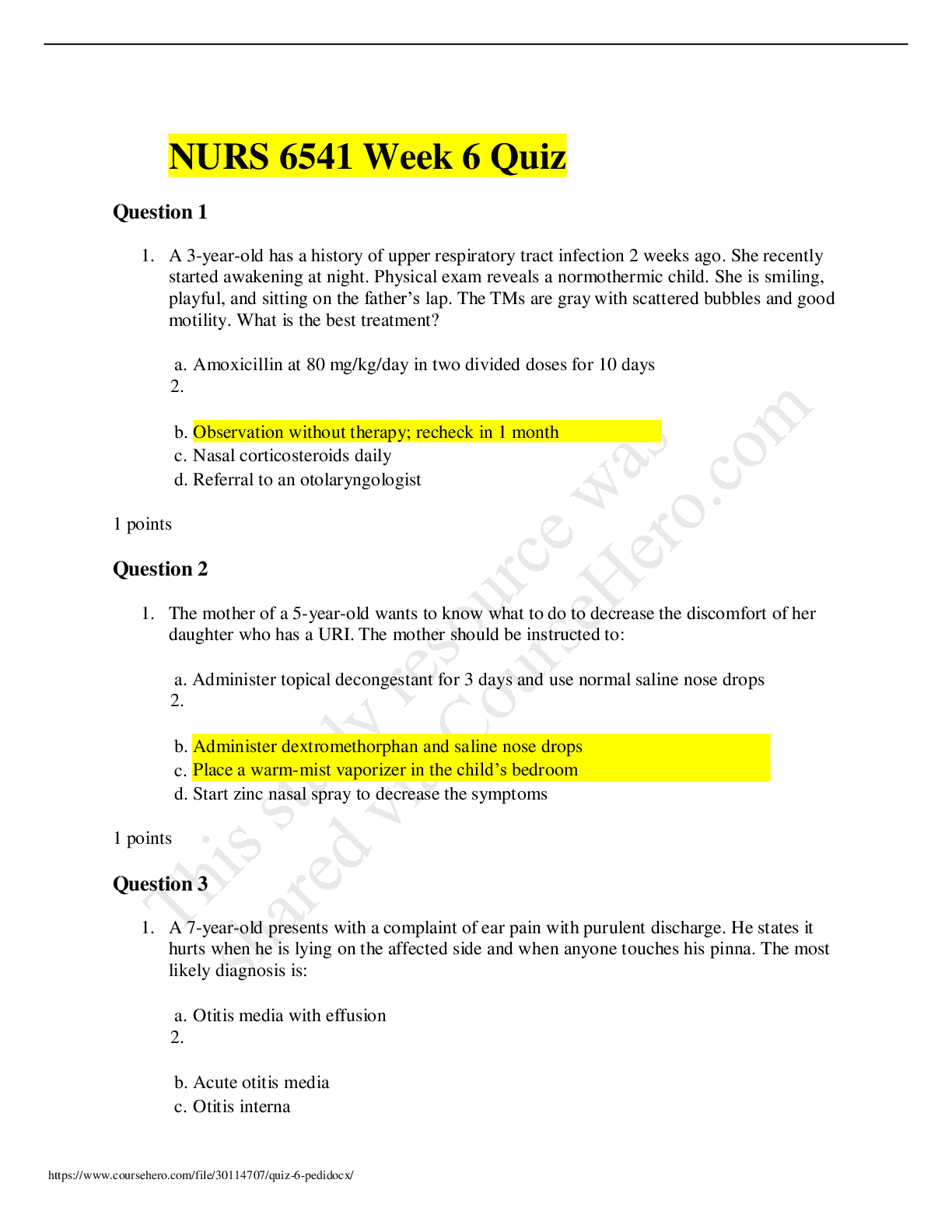History > EXAM > Strayer University - HIST 105 US History II UNIT 1 CHALLENGE 1 QUESTION AND ANSWERS_VERIFIED ANSWERS (All)
Strayer University - HIST 105 US History II UNIT 1 CHALLENGE 1 QUESTION AND ANSWERS_VERIFIED ANSWERS.
Document Content and Description Below
US History II UNIT 1 CHALLENGE 1 HIST 105 US History II UNIT 1 CHALLENGE 1: Learning About The Historian's Practice Which list of activities best represents the basic practices of historians?... a.) applying historical lenses, asking questions about the nature of history, compiling facts about past events and creating narratives about the past b.) applying historical lenses, compiling facts about past events, insisting on a single narrative for the past and referencing strongly biased secondary sources c.) asking questions about the future, insisting on a single narrative for the past, maintaining consistency in historical narratives over time and referencing strongly biased secondary sources d.) asking questions about the future, compiling facts about past events, maintaining consistency in historical narratives over time and stating personal opinions about the past Which list of activities best represents the basic practices of historians? a.) creating narratives about the past, insisting on a single narrative for the past, referencing strongly biased secondary sources and stating personal opinions about the past b.) asking questions about the future, maintaining consistency in historical narratives over time, referencing strongly biased secondary sources and stating personal opinions about the past c.) asking questions of the past, compiling facts about past events, maintaining consistency in historical narratives over time and stating personal opinions about the past d.) asking questions of the past, compiling facts about historical events, creating stories about the past and using historical lenses Which list of activities best represents the basic practices of historians? a.) applying historical lenses, asking questions about the future, referencing strongly biased secondary sources and stating personal opinions about the past b.) applying historical lenses, asking questions about the future, referencing strongly biased secondary sources and remaining objective c.) applying historical lenses, compiling facts about past events, remaining objective and selecting relevant primary and secondary sources d.) asking questions about the future, incorporating known falsehoods to strengthen the desired narrative, maintaining consistency in historical narratives over time and stating personal opinions about the past Choose the factor that should influence a professional historian's interpretation of politics in the Gilded Age. a.) The questions the historian chooses to ask b.) The language the historian uses c.) The historian’s memory d.) What the historian's conclusion will be Which of these is an example of a primary source for historical research on the American Civil Rights movement? a.) a modern movie about the Civil Rights marches b.) a website devoted to how women's suffrage impacted the Civil Rights movement c.) a present-day magazine article on cultural fashions in the 1960s d.) an audio recording of Martin Luther King Jr. giving his “I Have a Dream” speech Consider the excerpt from a speech given by the former slave and abolitionist Frederick Douglass to the Massachusetts Anti-Slavery Society: "I have had but one idea for the last three years to present to the American people, and the phraseology in which I clothe it is the old abolition phraseology. I am for the 'immediate, unconditional and universal' enfranchisement of the black man, in every State in the Union. [Loud applause.] Without this, his liberty is a mockery; without this, you might as well almost retain the old name of slavery for his condition; for in fact, if he is not the slave of the individual master, he is the slave of society, and holds his liberty as a privilege, not as a right. He is at the mercy of the mob, and has no means of protecting himself." Which question would be most relevant for analyzing this historical speech? a.) When was the speech presented? b.) Where has this speech been reprinted? c.) How did Douglass deliver his speech? d.) What was Douglass's personal wealth at the time of the speech? "During the period from 1881 to 1924, millions of Russian Jews immigrated to the United States where they were welcomed by their Jewish relatives and formed close-knit communities, usually in or near New York City." A historian would most likely make this statement if they were analyzing this image through what historical lens? a.) Religion b.) Technology c.) Gender d.) Politics [Show More]
Last updated: 1 year ago
Preview 1 out of 6 pages
Instant download
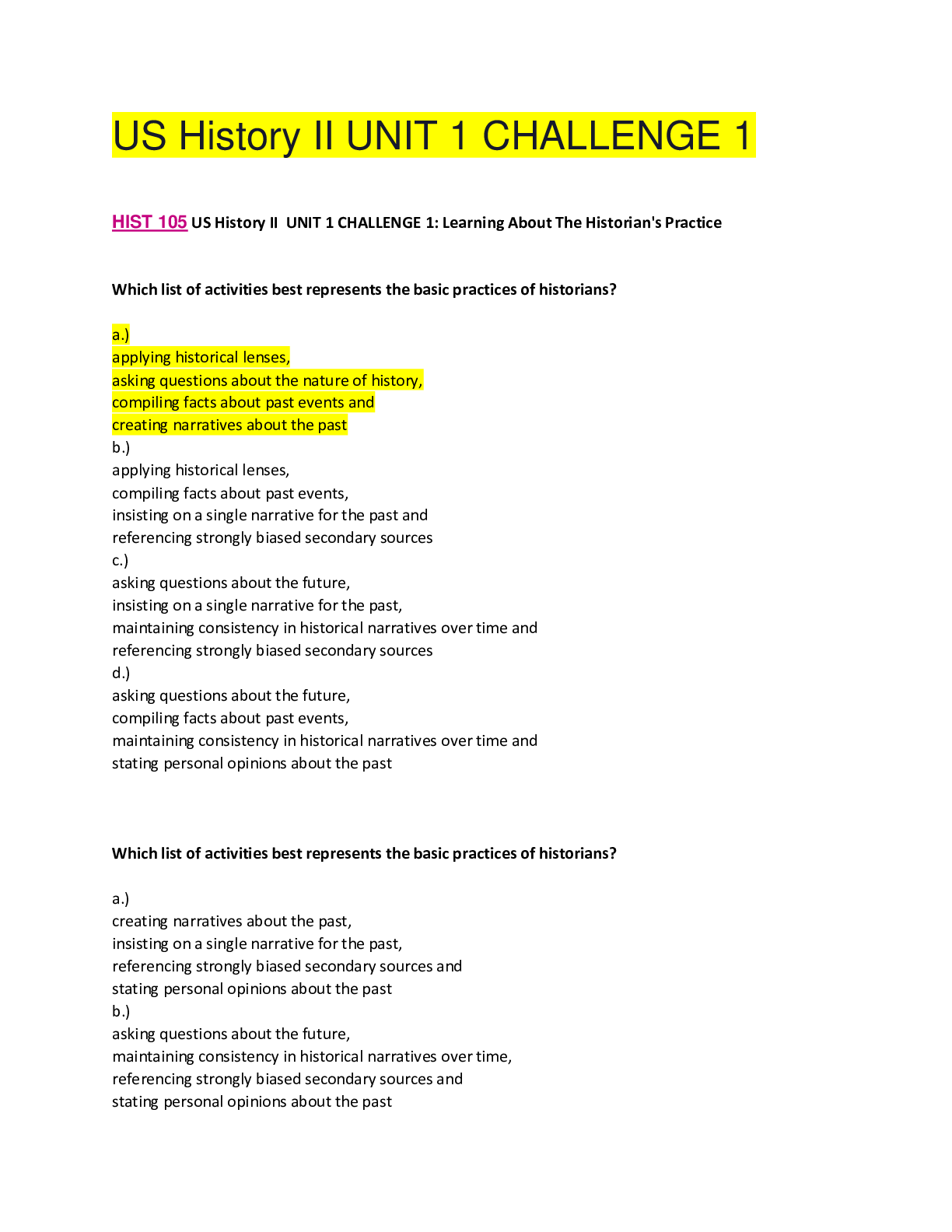
Buy this document to get the full access instantly
Instant Download Access after purchase
Add to cartInstant download
Reviews( 0 )
Document information
Connected school, study & course
About the document
Uploaded On
Sep 26, 2020
Number of pages
6
Written in
Additional information
This document has been written for:
Uploaded
Sep 26, 2020
Downloads
0
Views
48

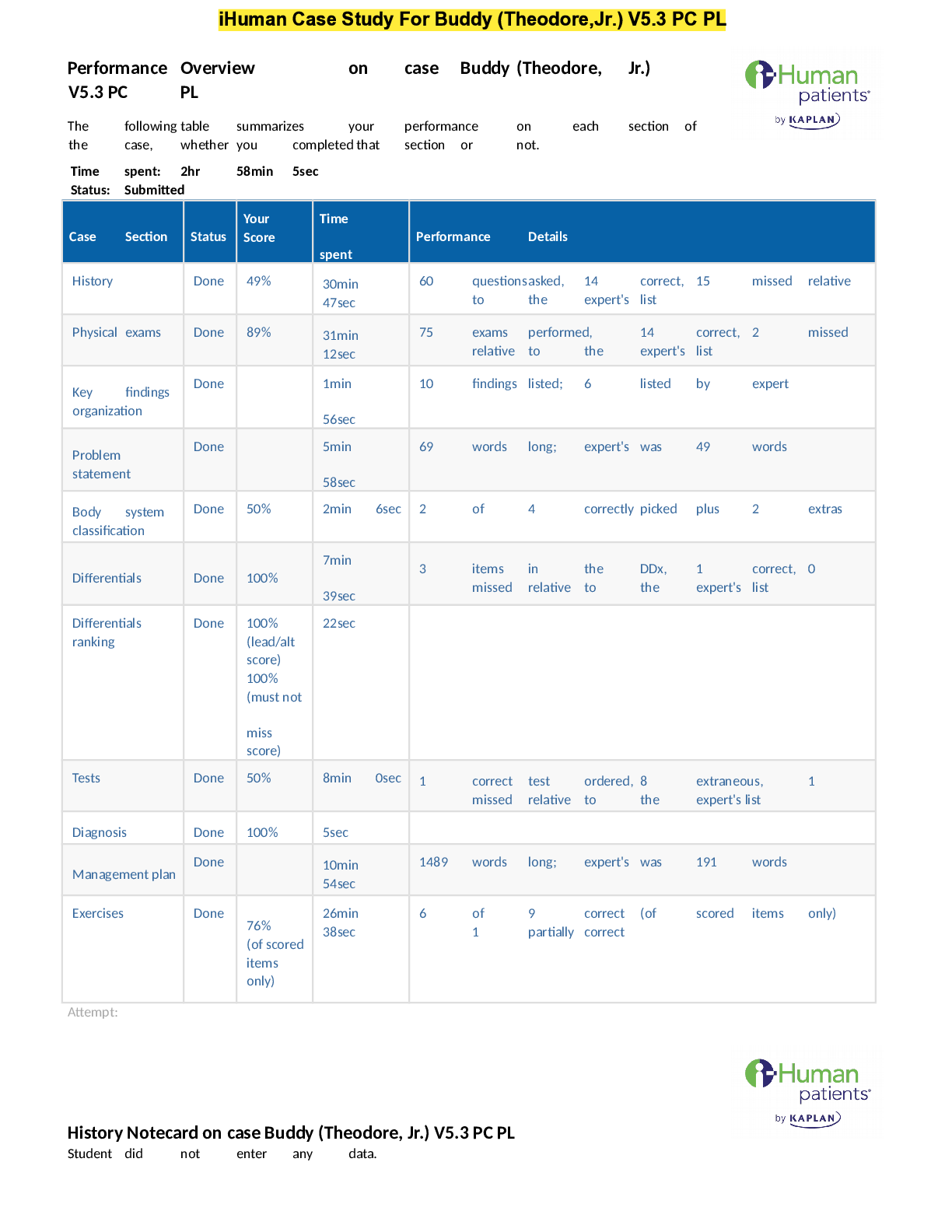
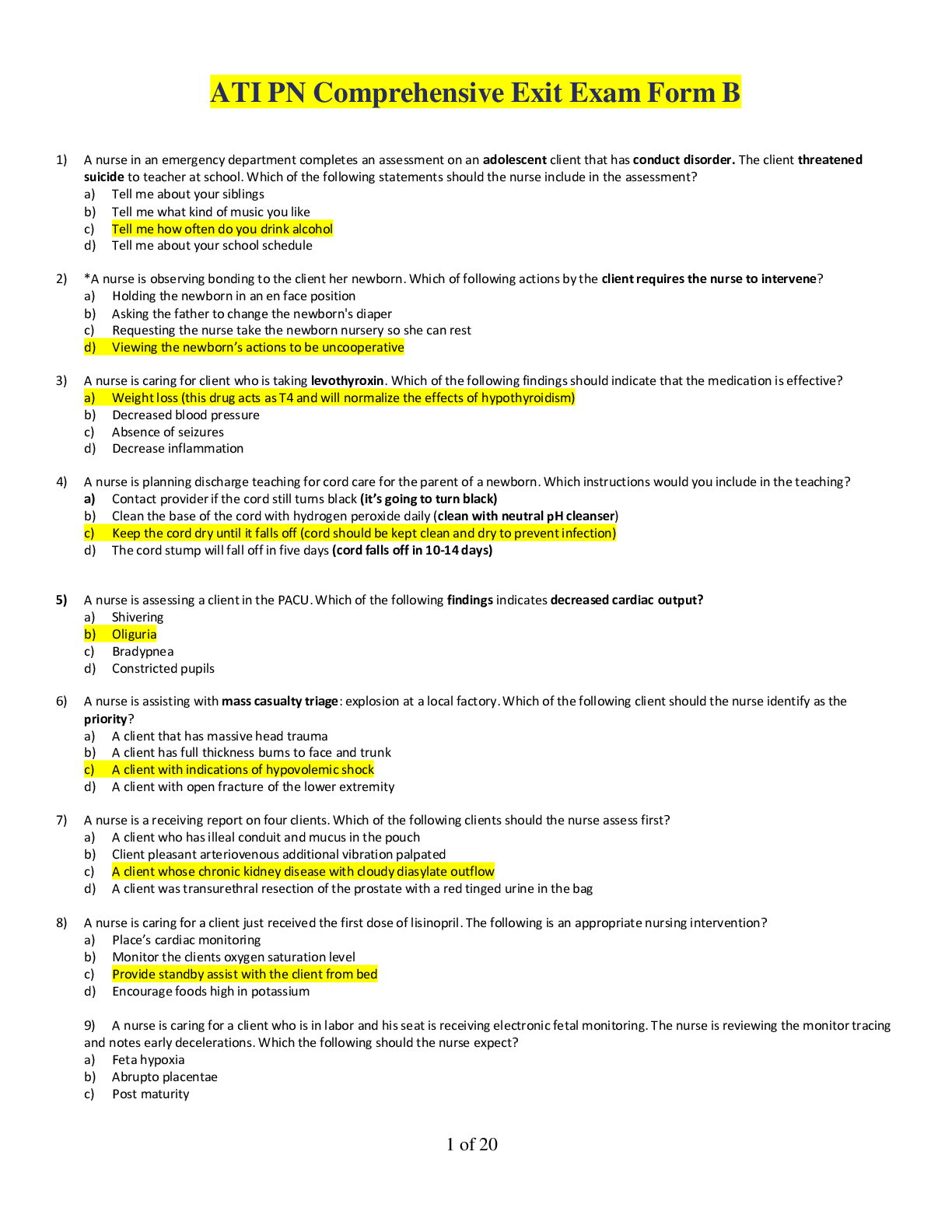
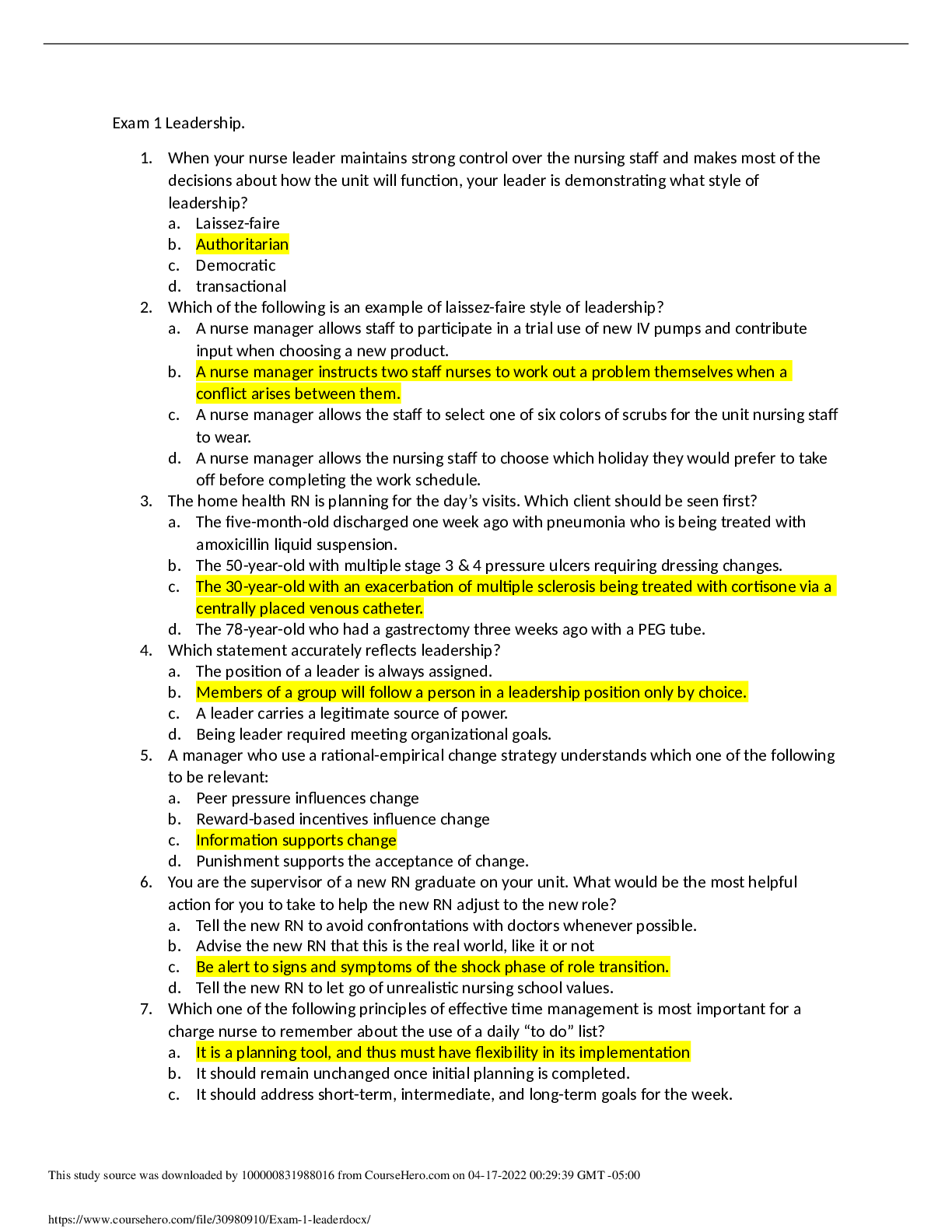


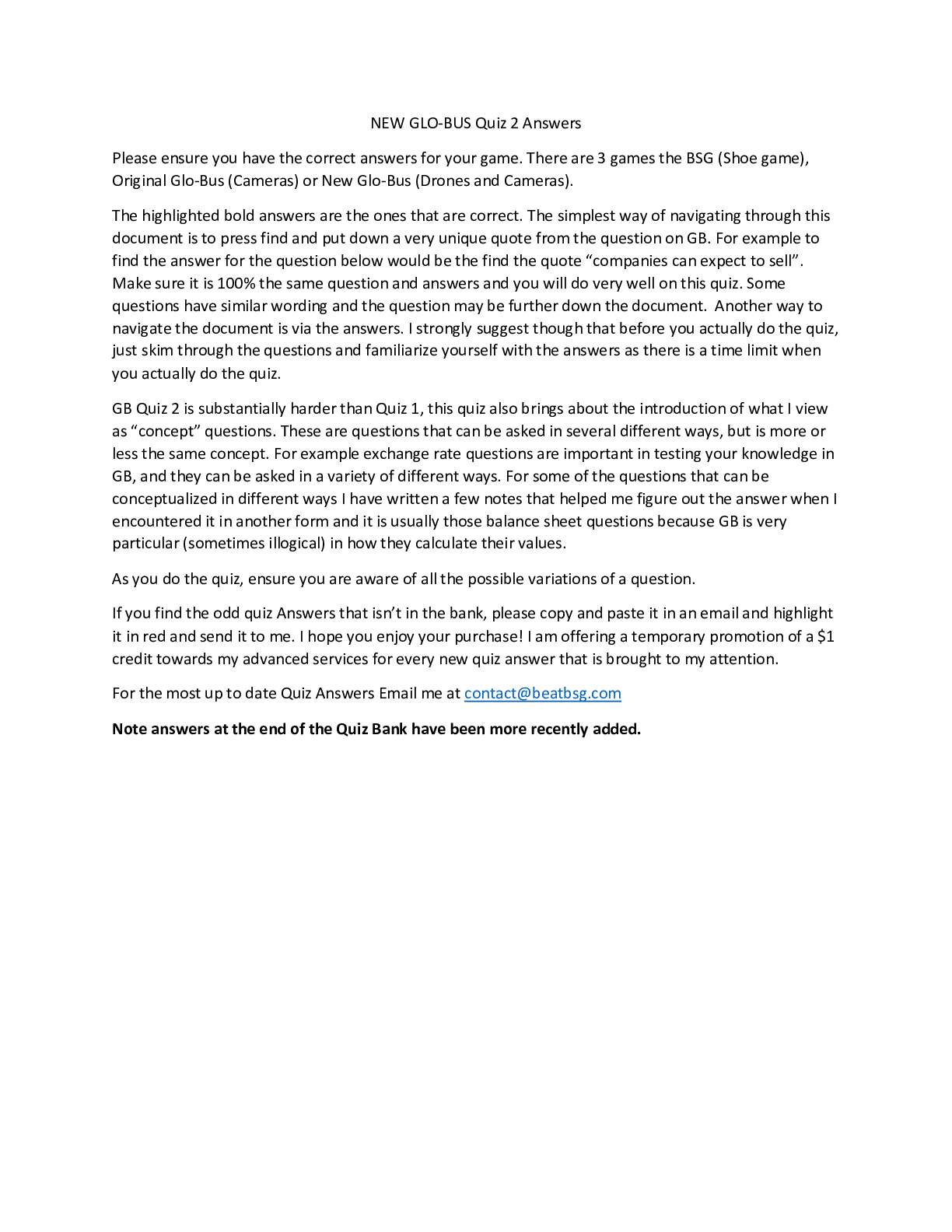
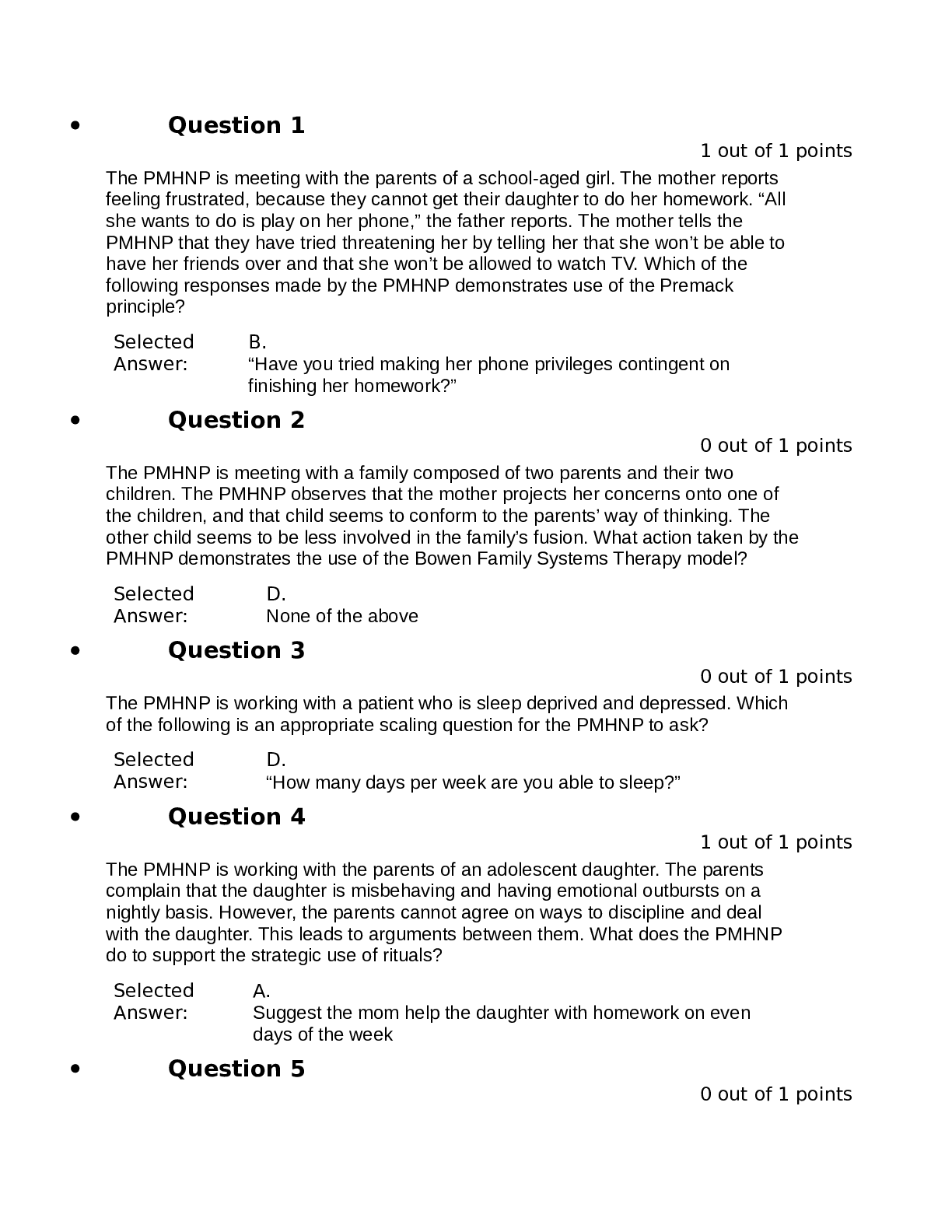
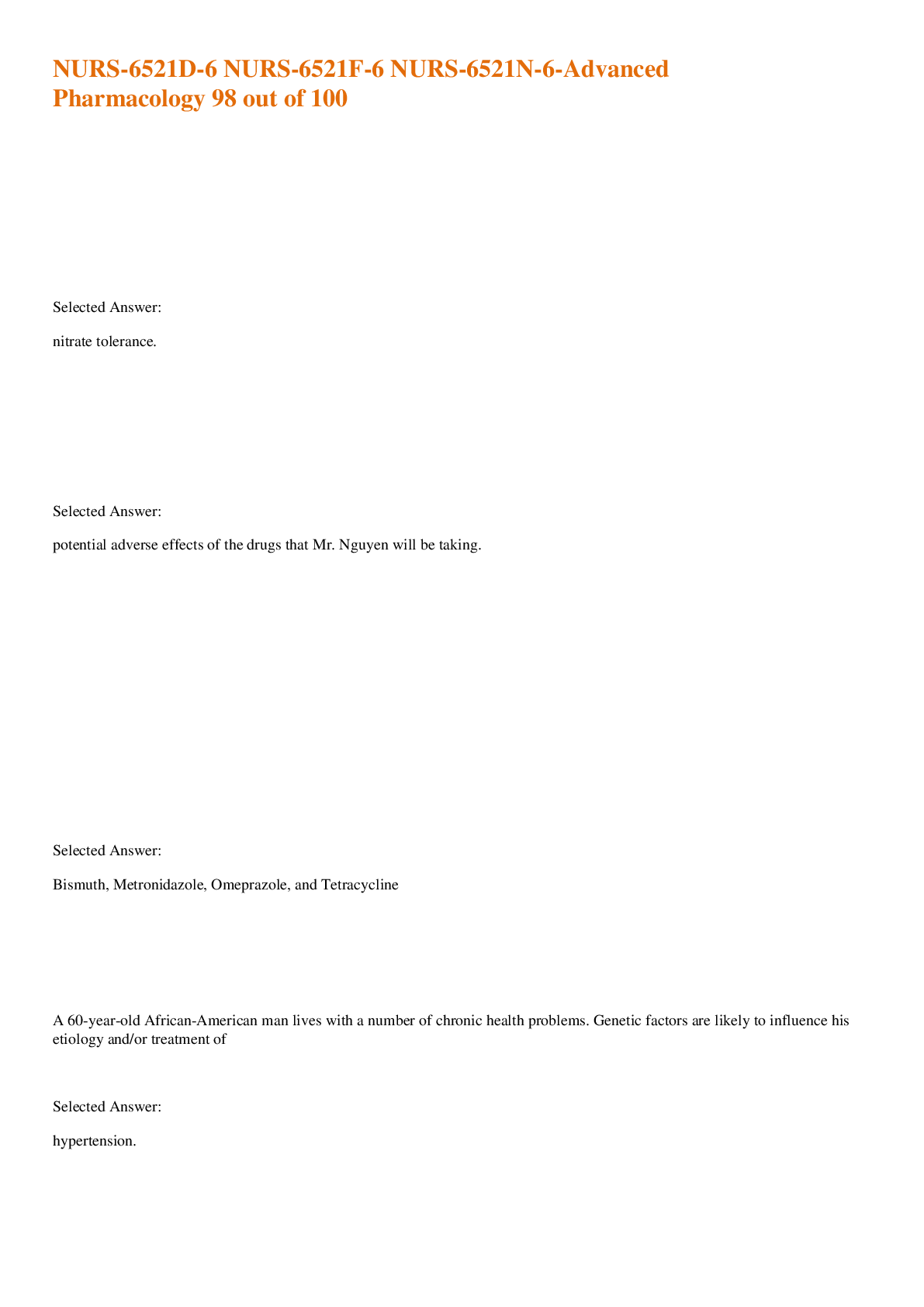
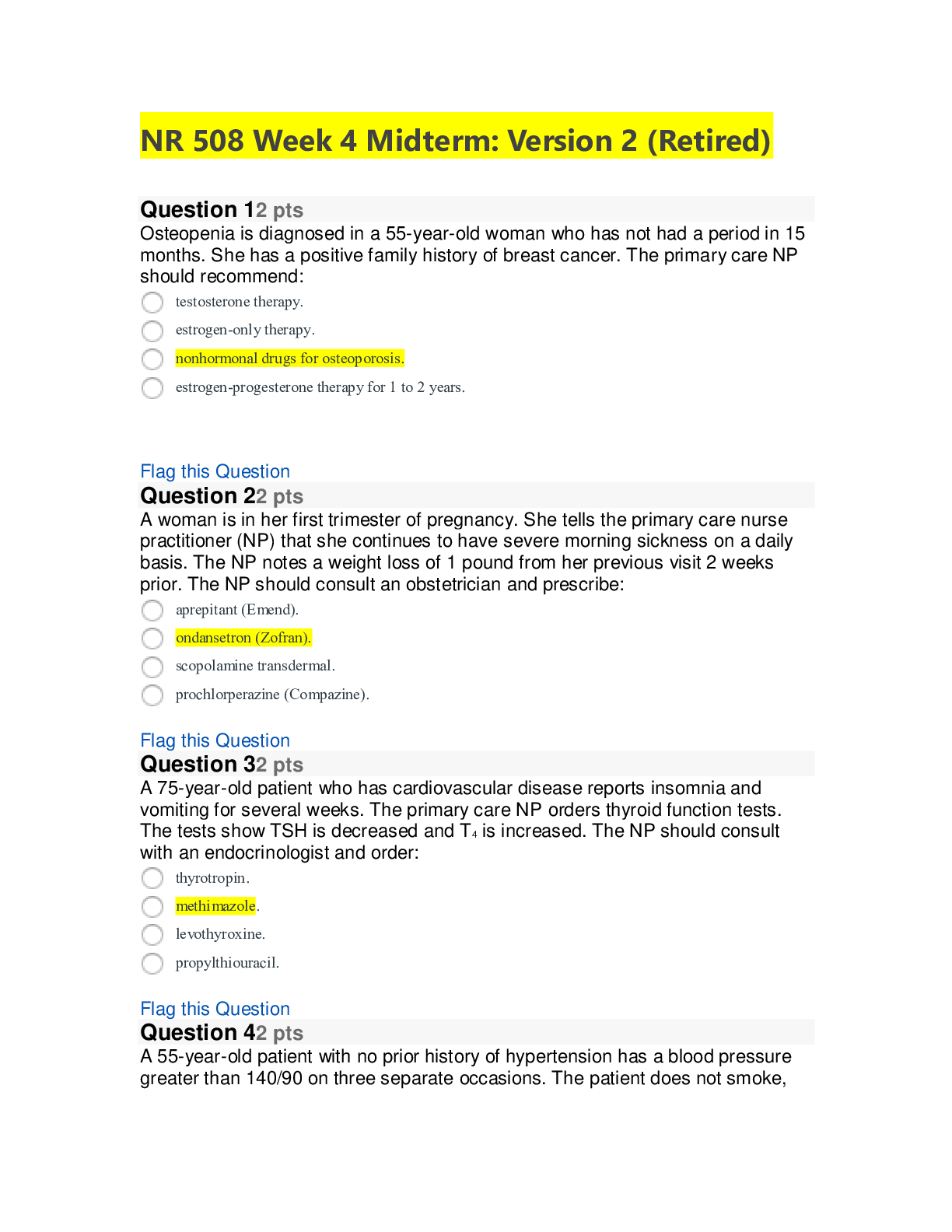



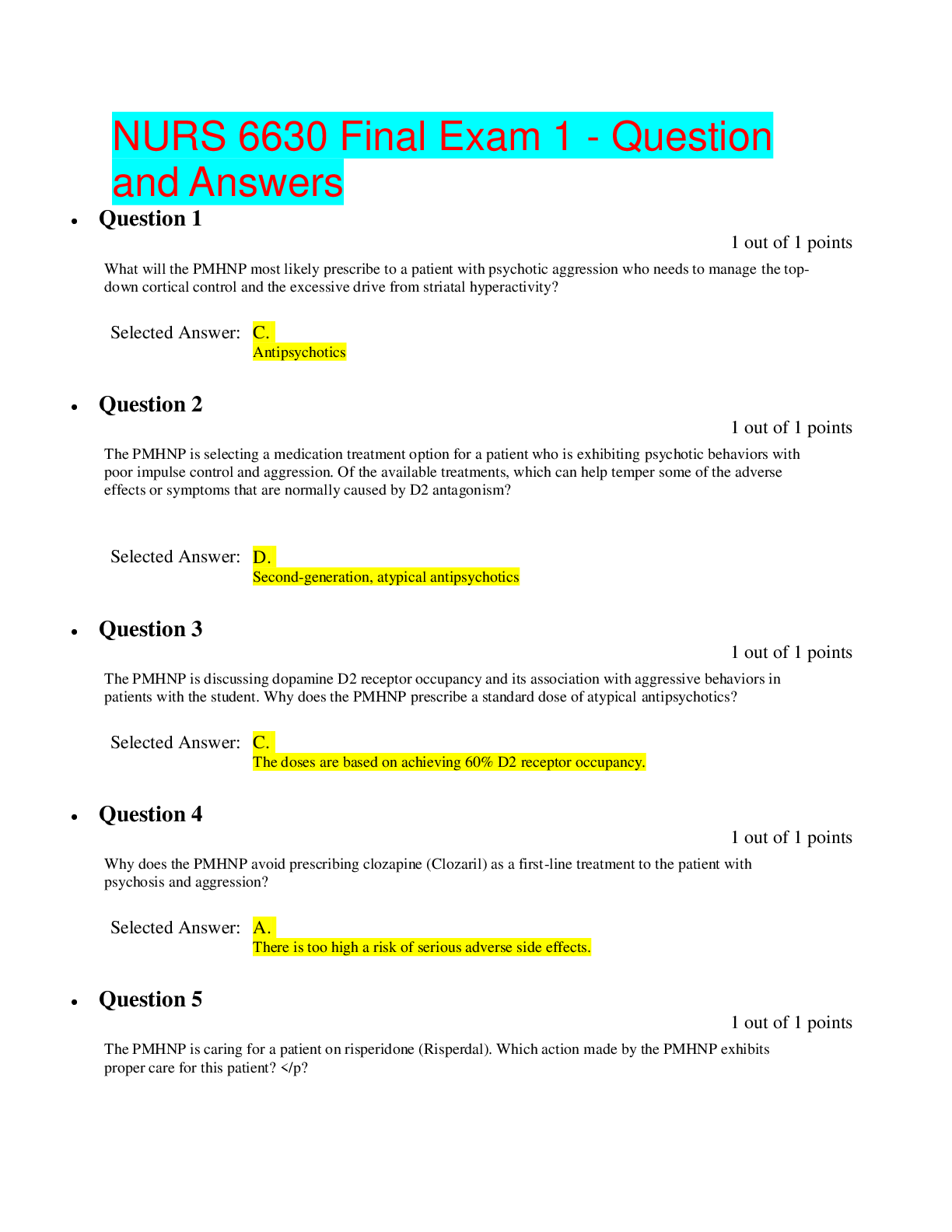


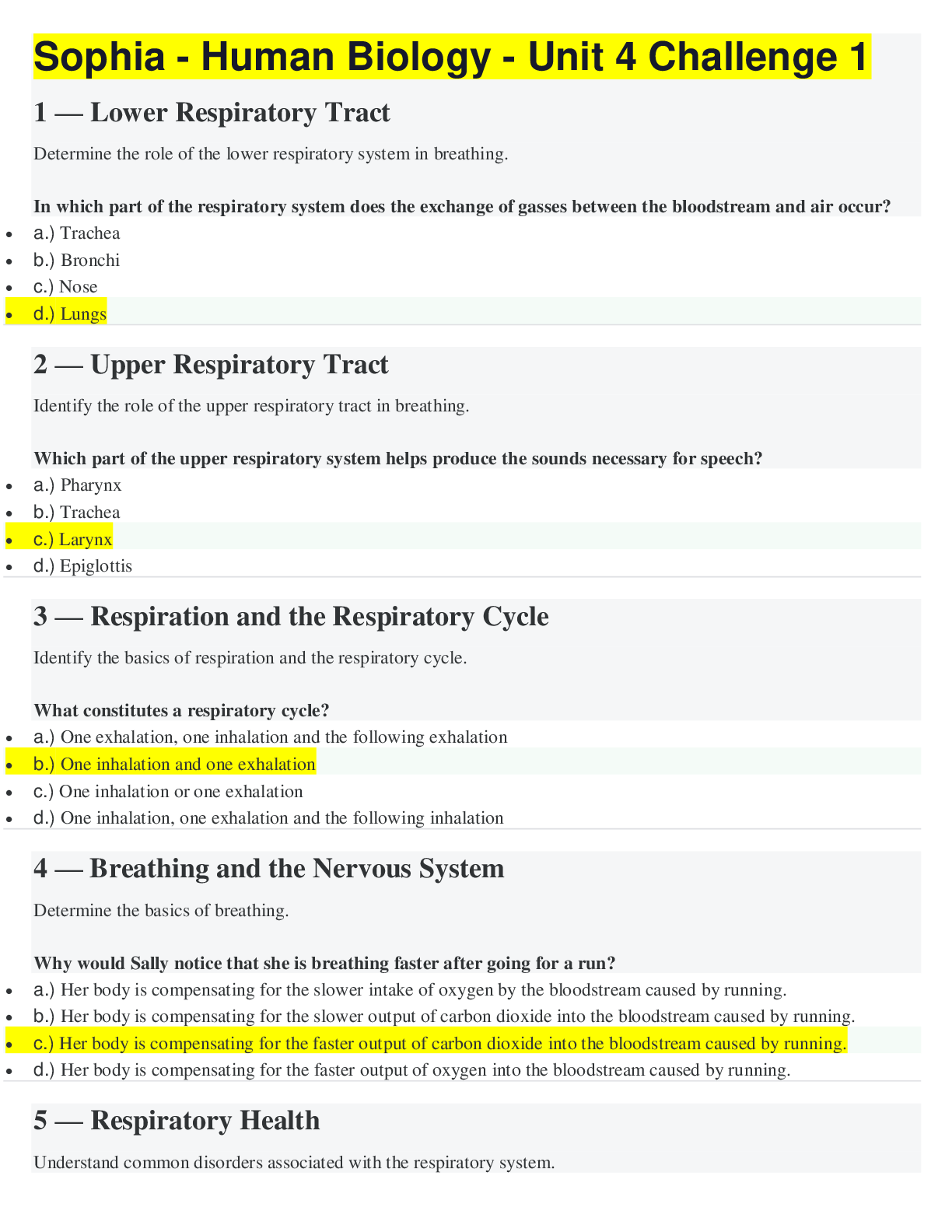

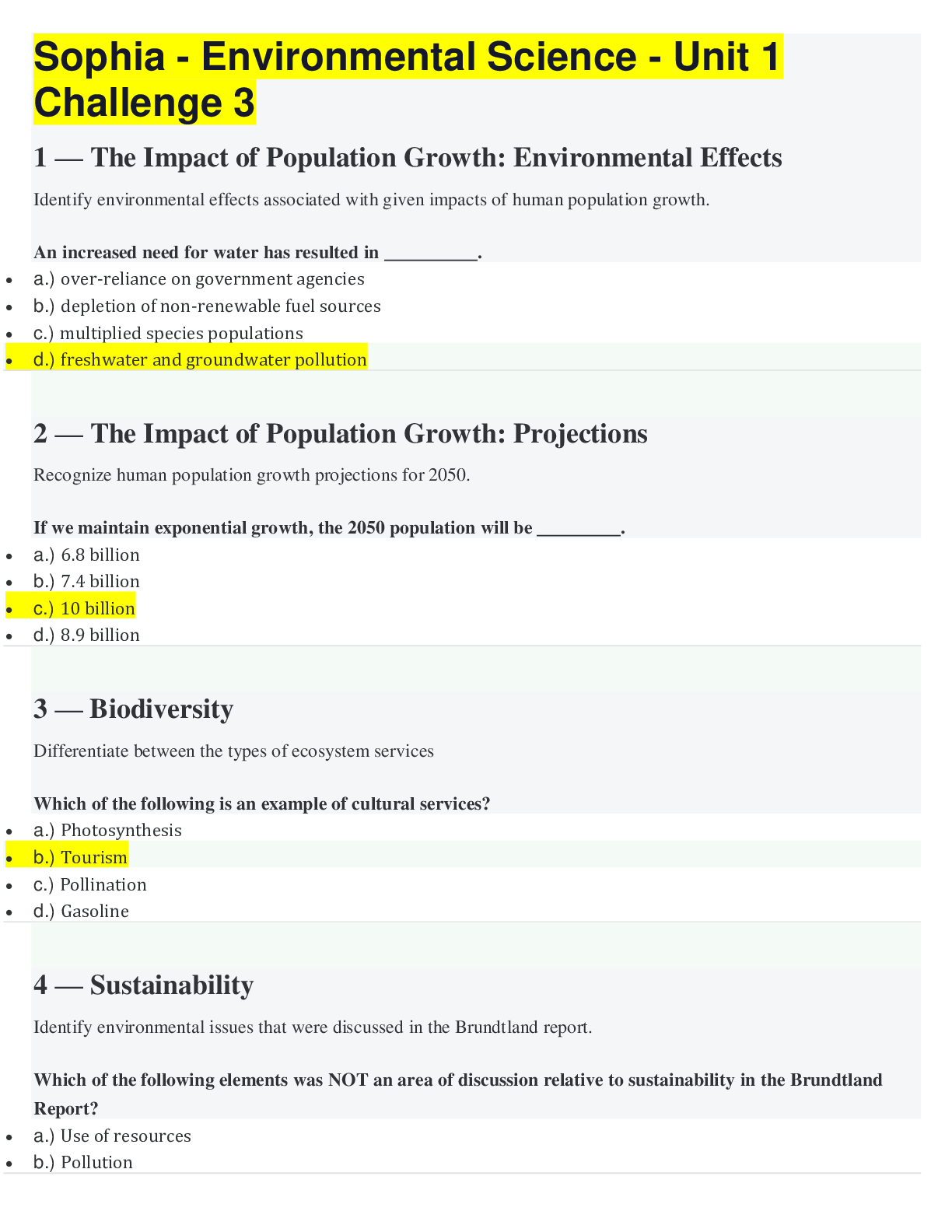
 – 100% CORRECT.png)

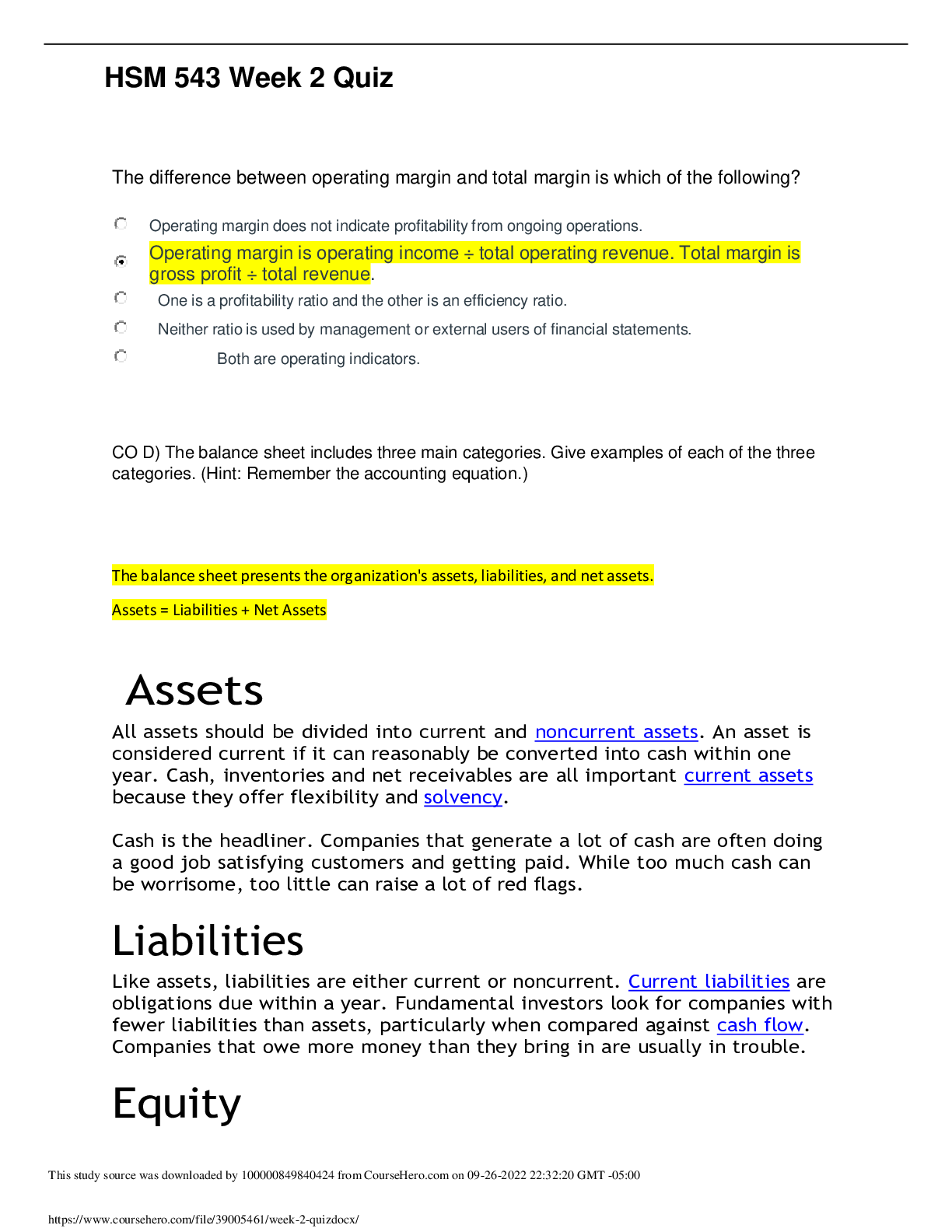
.png)
